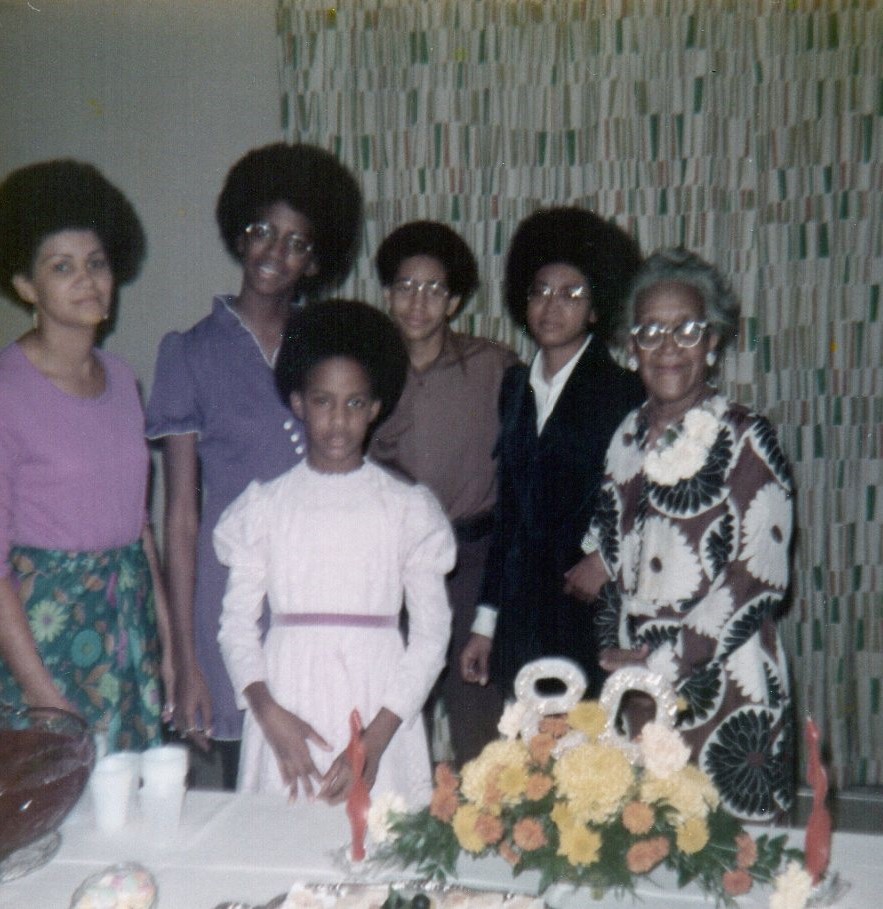May 13, 2023
In honor of our ancestral Mother’s Days

In the words of our family’s maternal matriarch, the late Lou Edna Wilks Robinson, “every day is Mother’s Day.”
Born in 1892 as the oldest daughter born in Springfield, Greene County, Missouri, to Melissa Catherine Gray and Robert Wilkes, our “Grandma Robinson” was the glue that kept our family together.

We’ve often wondered how our ancestral mothers were able to accomplish so much in their lives. Except for Grandma Robinson’s birth to two children, including our maternal grandmother, Mary Helen Wilks Owen Douthy, most mothers ‘in her day’ bore several children. Midwives brought babies, especially those of African American heritage, into this world. Indoor plumbing was nonexistent for our ancestral mothers. They grew food, drew well from waters, cooked, cleaned and managed the households. They raised other people’s children, they were our teachers, loyal church members and builders of great legacies admist the harsh societal conditions that often pushed our ancestral mothers to the least known positions.
Yet, our ancestral mothers rarely complained about their fates. Instead, they often rejoiced about the present and future that always included the achievements — known and unknown — of their children and lineage.
We honor you, ancestral mothers.
Official start of Mother’s Day in the USA
In 1914, a few years before the birth of our maternal Grandmother Mary Helen, the nation received an official declaration from U.S. President Woodrow Wilson, to honor mothers on the second Sunday in May. The recognition began simple enough: To honor mothers in celebration of peace.

The origins of Mother’s Day as celebrated in the United States date back to the 19th century. In the years before the Civil War, Ann Reeves Jarvis of West Virginia helped start “Mothers’ Day Work Clubs” to teach local women how to properly care for their children.
These clubs later became a unifying force in a region of the country still divided over the Civil War. In 1868 Jarvis organized “Mothers’ Friendship Day,” at which mothers gathered with former Union and Confederate soldiers to promote reconciliation.
Another precursor to Mother’s Day came from the abolitionist and suffragette Julia Ward Howe. In 1870 Howe wrote the “Mother’s Day Proclamation,” a call to action that asked mothers to unite in promoting world peace. In 1873 Howe campaigned for a “Mother’s Peace Day” to be celebrated every June 2.
Other early Mother’s Day pioneers include Juliet Calhoun Blakely, a temperance activist who inspired a local Mother’s Day in Albion, Michigan, in the 1870s. The duo of Mary Towles Sasseen and Frank Hering, meanwhile, both worked to organize a Mothers’ Day in the late 19th and early 20th centuries. Some have even called Hering “the father of Mothers’ Day.”
https://www.history.com/topics/holidays/mothers-day
A few current-day Mother’s Day facts
- The honoring of mothers has reached a feverish commercial pitch with an estimated $36 billion being allocated in U.S. receipts in 2023.
- There are approximately 43.5 million women who are considered mothers in the United States.
- More than 100 global countries celebrate their mothers on various days on the calendar.
- The white carnation is the official flower of Mother’s Day.
- Mother’s Day is the busiest day for restaurants in the U.S.
Happy Mother’s Day.

